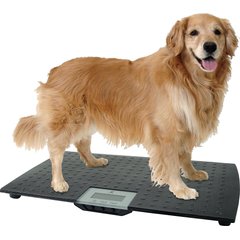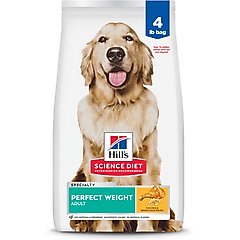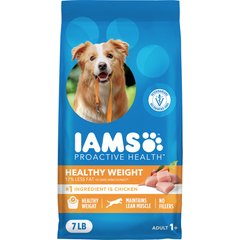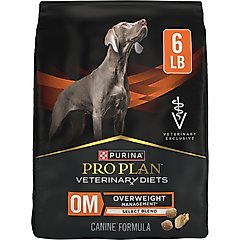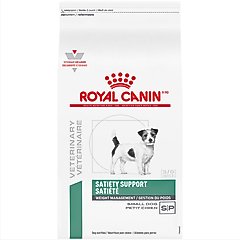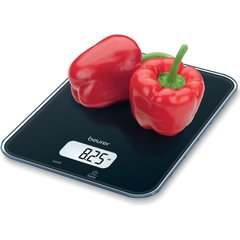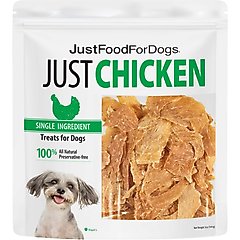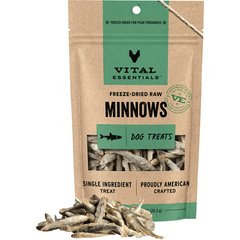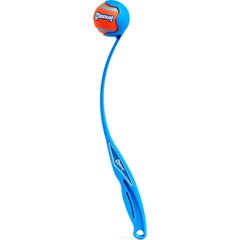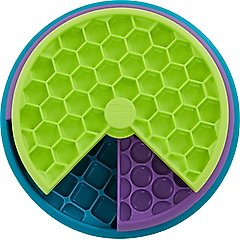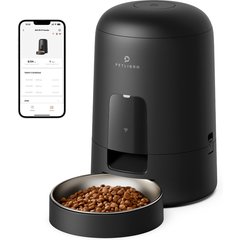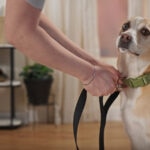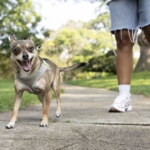What To Know About Obesity in Dogs and How To Prevent It
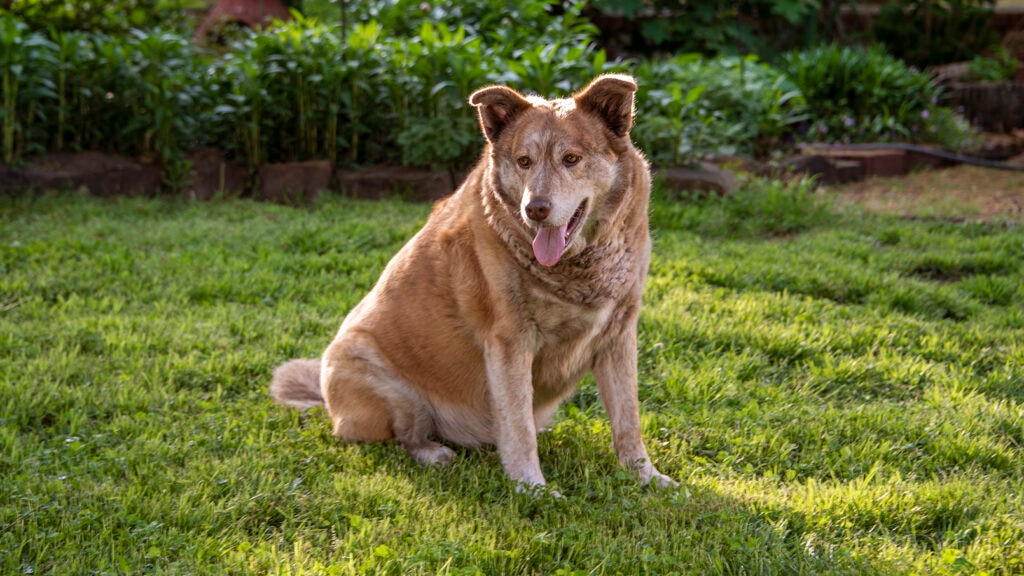
Photo by stphillips / iStock / Getty Images Plus
More than half of all dogs in the US are overweight, and while a chubby pup might look adorable, those extra pounds can contribute to serious health issues, such as joint problems and diabetes.
So, how can you tell if your dog is overweight? And what should you do if they are? We spoke with two veterinarians to understand how to recognize, prevent, and manage dog obesity, so your pup can feel and look their best.
What Is Dog Obesity?
Dog obesity is defined as an excess accumulation of body fat that negatively impacts health.
While definitions vary, most veterinary organizations consider dogs as:
- Overweight if they weigh 10–20% above their ideal weight
- Obese if they exceed their ideal weight by 20% or more
For example, a dog with an ideal weight of 50 pounds would be considered overweight at 55–60 pounds and obese at 60 pounds or more.
Unfortunately, dog obesity is widespread, with an estimated 40–50% of dogs worldwide classified as obese.
What Are the Signs of Obesity in Dogs?
By the Numbers
Not sure if your dog is carrying a few too many pounds? The simplest way to tell is by weighing them, assuming you know their ideal weight.
You can weigh your dog using a pet scale, like the Redmon Precision Digital Scale, or if they’re small enough, weigh yourself while holding them and subtract your weight.
Recommended Product
Body Condition Score (BCS) Guide for Dogs
Another tool to assess your dog’s weight at home is the Body Condition Score (BCS).
The BCS scale ranges from 1–9, with 1 being extremely underweight and 9 being severely obese. A score of 4 or 5 is considered ideal.
- 1–3 (Underweight): Ribs, spine, and hip bones are highly visible or easily felt with no fat coverage.
- 4–5 (Ideal Weight): Ribs are easy to feel with a slight fat covering, and there is a visible waistline when viewed from above.
- 6–7 (Overweight): Ribs are harder to feel, waistline is less defined, and fat deposits are noticeable around the chest and base of the tail.
- 8–9 (Obese): Ribs are difficult to feel under a thick fat layer, there is little to no waist definition, and excess fat is noticeable around the body.
Of course, the most reliable way to assess your dog’s weight is by visiting your vet. They can weigh your dog, determine their ideal weight, and provide a tailored plan if your pup needs to shed some pounds.
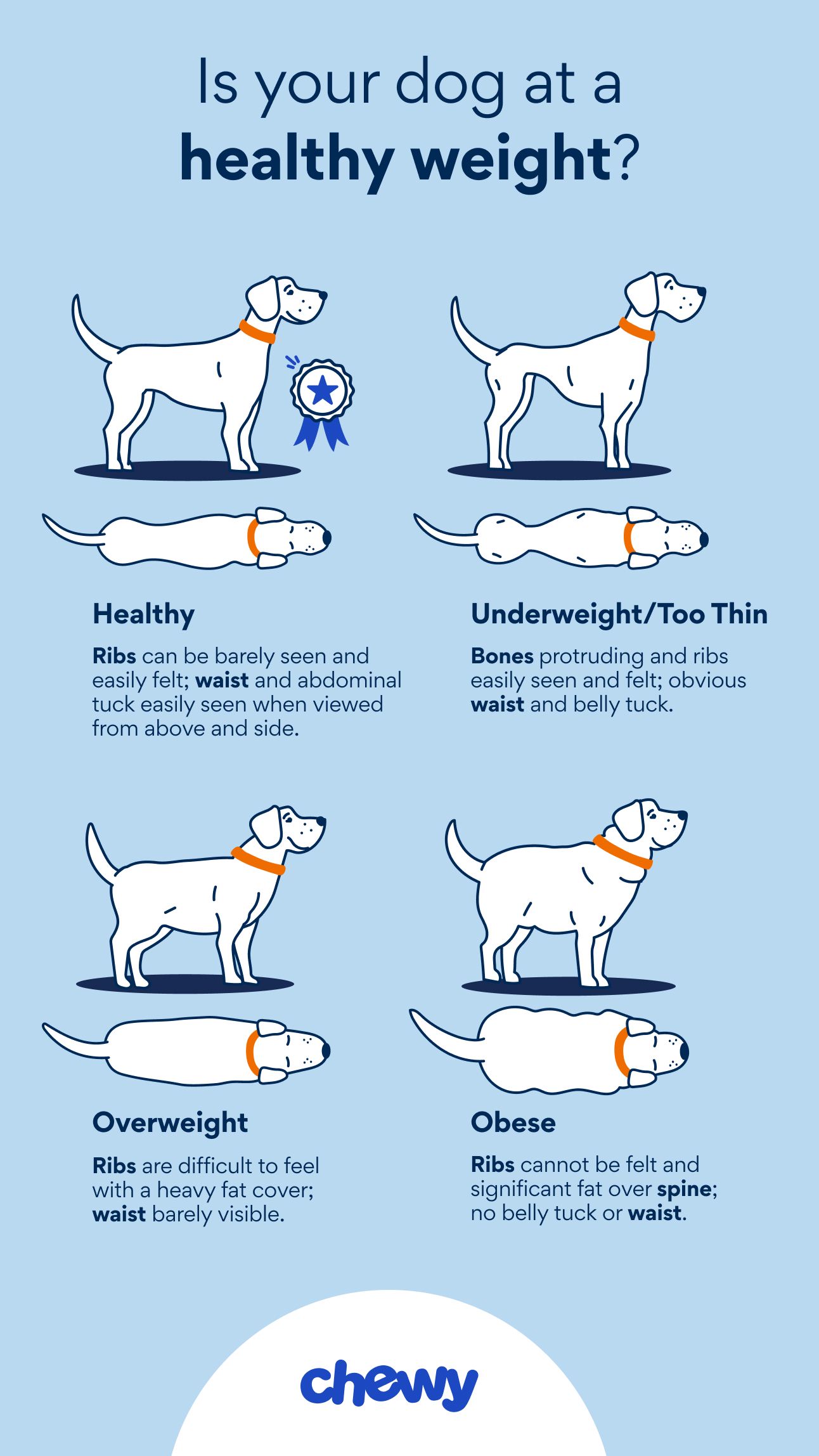
Photo by Chewy
Visual Signs
Beyond the numbers, dog obesity also comes with noticeable clues, which typically fall into two categories: visual signs and behavioral changes, says Antje Beth-Joslin, DVM, co-owner of Tolleson Animal Clinic in Tolleson, Arizona, and consultant for Dogtopia, a dog daycare center with locations across the US.
According to Dr. Joslin, visual signs of obesity in dogs include:
- Lack of a visible waist when viewed from above
- No noticeable tuck in the abdomen when viewed from the side
- Ribs, spine, and hip bones difficult to feel with light pressure
- Fat deposits around the neck, chest, and base of the tail
Behavioral Signs
Dr. Joslin says behavioral signs of obesity in dogs may include:
- Reduced stamina or difficulty keeping up on walks
- Lethargy or increased sleeping
- Heavy panting, even after light activity
- Reluctance to move, exercise, or play
- Struggling to jump onto furniture or climb stairs
What Are the Risks Associated With Obesity in Dogs?
Just like in humans, obesity can have serious consequences for your dog’s health and overall well-being.
“Studies have shown that overweight dogs have a significantly shorter lifespan than dogs with a healthy body condition,” Dr. Joslin says.
The most common health risks associated with obesity include:
- Arthritis and other joint problems
- Diabetes
- Heart disease
- High blood pressure
- Respiratory issues
- Decreased liver function
- Cancer
- Increased surgical and anesthetic risks
- Lowered immune function
- Pancreatitis
- Kidney disease
Carrying extra weight can also make everyday activities, such as walking, playing, and even standing up, more difficult and uncomfortable, decreasing a dog’s quality of life.
What Are the Causes of Dog Obesity?
Dog obesity doesn’t happen overnight—it’s usually the result of multiple factors that lead to more calories being consumed than being burned off.
Some of the most common reasons dogs become obese are:
- Overfeeding: “Overfeeding is typically the primary cause of obesity,” Dr. Joslin says. “Dogs who consume more calories than they expend will gain weight, regardless of their activity level.”
- Excessive treats: Added calories from table scraps or treats can quickly lead to weight gain. Treats should make up only 10% of a dog’s daily diet.
- Lack of exercise: “Insufficient exercise can exacerbate weight gain and lead to muscle loss, reducing metabolism,” Dr. Joslin says.
- Breed predisposition: Some breeds are genetically more prone to obesity.
- Aging: As dogs age, their metabolism slows down and they typically become less active, making it easier for them to gain weight.
- Neutering/spaying: While beneficial for many reasons, spaying and neutering can slightly reduce metabolism in some dogs.
- Medical conditions: Some health conditions, such as hypothyroidism and Cushing’s disease, can contribute to weight gain by affecting metabolism and hormone regulation, Dr. Joslin explains. She adds that some medications, such as steroids, can also contribute to weight gain.
Which Dog Breeds Are Prone to Obesity?
While any dog can gain weight if they consume more calories than they burn, certain breeds are genetically more prone to weight gain due to a slower metabolism or high food motivation.
According to a 2006 study, these dog breeds include:
- Cocker Spaniel
- Labrador Retriever
- Dalmatian
- Dachshund
- Rottweiler
- Golden Retriever
- Shetland Sheepdog
- German Shepherd
- Shih Tzu
- Poodle (Toy, Miniature, and Standard)
- Beagle
- Mixed-breed dogs
How Do Vets Treat Obesity in Dogs?
“Obesity in dogs is treated with a reduced-calorie diet and increased activity,” says Elizabeth Benson, DVM, founder of Paws into Grace, a Southern California–based company that specializes in end-of-life pet care. “However, we first want to rule out underlying diseases like hypothyroidism, which can cause weight gain.”
If a medical issue is present, it must be treated alongside any weight-loss strategies.
To support weight loss, vets might recommend reducing portion sizes, switching to a weight-management diet, or both.
Exercise plans vary based on the dog—some might do well with longer walks, while others might benefit from low-impact activities, such as swimming.
How Can I Help My Dog Lose Weight?
Helping your dog shed those extra pounds doesn’t have to be complicated—it’s all about finding the right balance of diet, exercise, and healthy habits.
Switch to a Weight-Management Food
With your vet’s approval, switch your dog to a weight-control dog food. These complete and balanced foods are specially designed with fewer calories and higher fiber to help dogs feel full while eating less.
A few popular options include:
Recommended Products
Measure Your Dog’s Food
Use a measuring cup or digital scale, like this one from Beurer, to ensure you’re feeding the right portion based on your dog’s ideal weight (not their current weight).
Recommended Product
Cut Back on Treats
Calories from treats add up quickly. Treats, including human food, should make up no more than 10% of your dog’s daily calories.
For obese dogs, treats might need to be temporarily eliminated.
When choosing low-calorie dog treats, Dr. Joslin recommends those made purely of animal protein, like JustFoodForDogs Just Chicken Treats or Vital Essentials Freeze-Dried Raw Minnows.
Dog-safe veggies, such as carrots and celery, are also a great low-calorie snack, she adds.
Recommended Products
Increase Daily Exercise
Regular exercise is key. Start with a gradual exercise program and potentially work up in time and intensity, based on your dog’s specific fitness and health conditions.
Types of exercise that help burn off extra calories and keep pups mentally stimulated include:
- Longer walks
- Interactive play sessions
- Swimming
- Playing fetch with a ball launcher, like this one from Chuckit!
- Agility exercises
Recommended Product
Use a Slow-Feeder Bowl
Feeding your dog via a slow–feeder bowl or a puzzle toy feeder, such as the Outward Hound Lickin’ Layers Interactive Feeder, can extend mealtime, which can help your dog feel more satisfied.
Recommended Products
Stick to a Feeding Schedule
Avoid free-feeding and stick to set mealtimes to control calorie intake and prevent mindless snacking.
An automatic feeder, like the Petlibro Air Wi-Fi Automatic Feeder, can help regulate portion sizes and maintain a consistent feeding schedule.
Recommended Product
Monitor Progress
Track your dog’s weight regularly, use measuring cups for portioning food, and adjust portions or activity levels as needed. Check with your vet if you’re not seeing progress.
How Can I Prevent Obesity in My Dog?
Preventing dog obesity comes down to the same basics as treating it—choosing a high-quality, balanced diet, feeding the right amount, and keeping your pup active, Dr. Benson says.
Dr. Benson suggests asking your vet to calculate the number of calories your dog needs per day and sticking to it.
Regular vet appointments are also important. Your vet can track your dog’s weight over time and catch any health concerns early.
FAQs About Dog Obesity
Q: What is the fastest way for a dog to lose weight?
A: Safe weight loss takes time, but the best approach is switching to a weight-control dog food, controlling portions, and increasing exercise. Reducing treats and ensuring daily activity are also helpful.
Q: Can obesity shorten my dog’s lifespan?
A: Yes, studies show that obesity can shorten a dog’s lifespan. Obesity increases the risk of heart disease, cancer, diabetes, and other serious health conditions that can impact length and quality of life.
Q: Are certain dog foods better for weight loss?
A: Yes, weight-management diets are designed to be lower in calories while still providing all essential nutrients. Always talk with your vet before switching your pet’s food.
